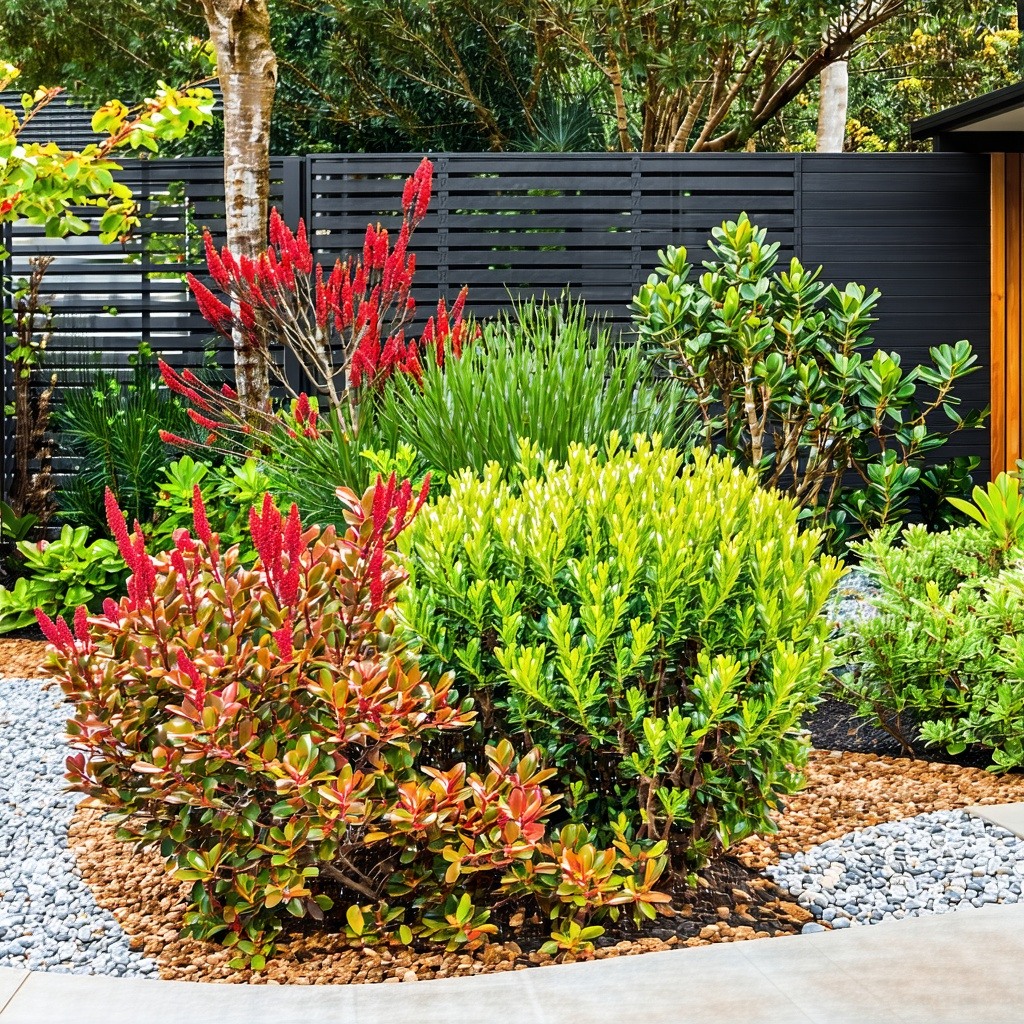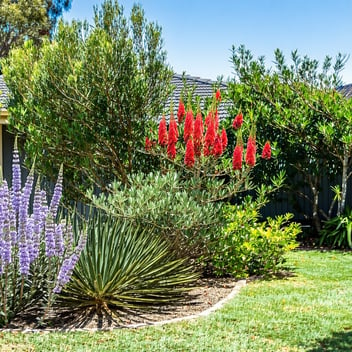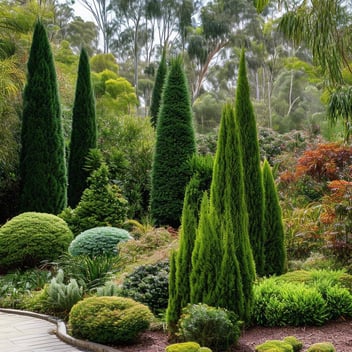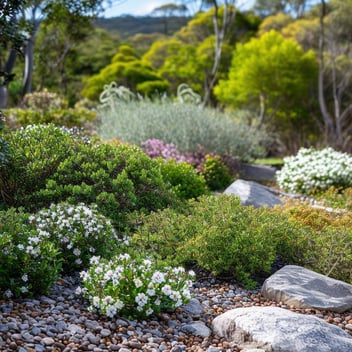Compact Shrubs for Small Spaces in South East Queensland
In the verdant landscapes of South East Queensland (SEQ), gardeners often face the challenge of creating lush, vibrant gardens within confined spaces. The selection of appropriate compact shrubs is paramount in achieving a harmonious balance between aesthetic appeal and spatial efficiency.
Benefits of Compact Shrubs in Small Gardens
Integrating compact shrubs into limited garden areas offers numerous advantages:
-
Maximizing Aesthetic Appeal Without Overcrowding: Compact shrubs provide visual interest and structure without overwhelming the space, allowing for a well-proportioned garden design.
-
Enhancing Biodiversity in Urban Environments: These plants serve as habitats and food sources for local fauna, promoting ecological balance even in urban settings.
-
Low Maintenance and Water Efficiency: Many compact shrubs are drought-tolerant and require minimal upkeep, aligning with sustainable gardening practices suitable for SEQ’s climate.
Key Characteristics to Look for in Compact Shrubs
When selecting compact shrubs for small gardens in SEQ, consider the following attributes:
-
Mature Size Suitability: Ensure the shrub’s full-grown dimensions align with the available space to prevent overcrowding.
-
Drought and Heat Tolerance: Opt for species that can withstand SEQ’s warm temperatures and periodic dry spells.
-
Year-Round Visual Interest: Choose shrubs that offer seasonal blooms, attractive foliage, or unique textures throughout the year.
-
Attractiveness to Pollinators: Selecting plants that draw bees, butterflies, and birds enhances the garden’s vitality and supports local ecosystems.
Top Compact Shrubs for SEQ Gardens
Here are some exemplary compact shrubs well-suited for small gardens in SEQ:
Grevillea 'Bronze Rambler'
This prostrate grevillea forms a dense mat of bronze-tinged foliage, adorned with crimson spider-like flowers that bloom prolifically year-round. Its low-growing habit makes it ideal for ground cover in limited spaces.
Callistemon 'Little John' (Dwarf Bottlebrush)
A compact cultivar of the native bottlebrush, 'Little John' reaches up to 1 meter in height and width. It features deep red, bottlebrush-shaped inflorescences contrasting beautifully with its blue-green foliage, thriving in full sun to partial shade.
Westringia fruticosa 'Wynyabbie Gem' (Coastal Rosemary)
This hardy shrub boasts dense, grey-green foliage and delicate mauve flowers. Its compact form and versatility make it suitable for hedging, topiary, or as a standalone feature in small gardens.
Correa 'Dusky Bells'
Known for its tubular pink flowers and extended blooming season, 'Dusky Bells' is a small, spreading shrub that attracts birds and thrives in various conditions, including coastal and cottage gardens.
Hibbertia aspera (Rough Guinea Flower)
A small bushy shrub reaching up to 0.6 meters in height, it produces bright yellow flowers from spring to summer. Its hardy nature and adaptability make it suitable for coastal and cottage gardens, as well as pots.
Planting and Care Tips for Compact Shrubs
To ensure the vitality and longevity of compact shrubs in small SEQ gardens, consider the following guidelines:
-
Soil Preparation and Drainage Considerations: Incorporate organic matter into the soil to enhance fertility and structure. Ensure proper drainage to prevent root rot, especially during SEQ's wet seasons.
-
Optimal Planting Times and Techniques: Planting during the cooler months of autumn and early spring allows shrubs to establish roots before the onset of extreme temperatures. Dig a hole twice the width of the root ball, position the shrub, and backfill with soil, pressing gently to eliminate air pockets.
-
Pruning Practices to Maintain Shape and Health: Regular pruning encourages bushier growth and removes dead or diseased branches. For flowering shrubs, prune after the blooming period to avoid cutting off next season's buds.
-
Mulching and Watering Strategies: Apply a layer of mulch around the base of the shrub to retain moisture, suppress weeds, and regulate soil temperature. Water newly planted shrubs regularly until established; thereafter, adjust watering frequency based on rainfall and the shrub's drought tolerance.
Design Strategies for Small Gardens Using Compact Shrubs
Maximize the impact of compact shrubs in limited spaces through thoughtful design:
-
Creating Visual Depth with Layered Planting: Arrange plants in tiers, placing taller shrubs at the back and shorter ones in front, to create an illusion of depth and abundance.
-
Utilizing Color and Texture for Interest: Combine shrubs with varying foliage colors and textures to add visual intrigue. For instance, the silvery leaves of Coastal Rosemary contrast beautifully with the vibrant flowers of Grevillea 'Bronze Rambler'.
-
Incorporating Vertical Elements to Save Space: Use trellises or vertical planters to train certain shrubs upward, freeing up ground space and adding a vertical dimension to the garden.
-
Combining Shrubs with Other Plant Forms for Diversity: Integrate compact shrubs with groundcovers, grasses, and perennials to create a diverse and dynamic garden palette.
Conclusion
Embracing compact shrubs tailored to South East Queensland's unique climate allows gardeners to transform small spaces into lush, vibrant sanctuaries. By selecting appropriate species and employing strategic design principles, even the most confined gardens can offer year-round beauty and ecological benefits.




